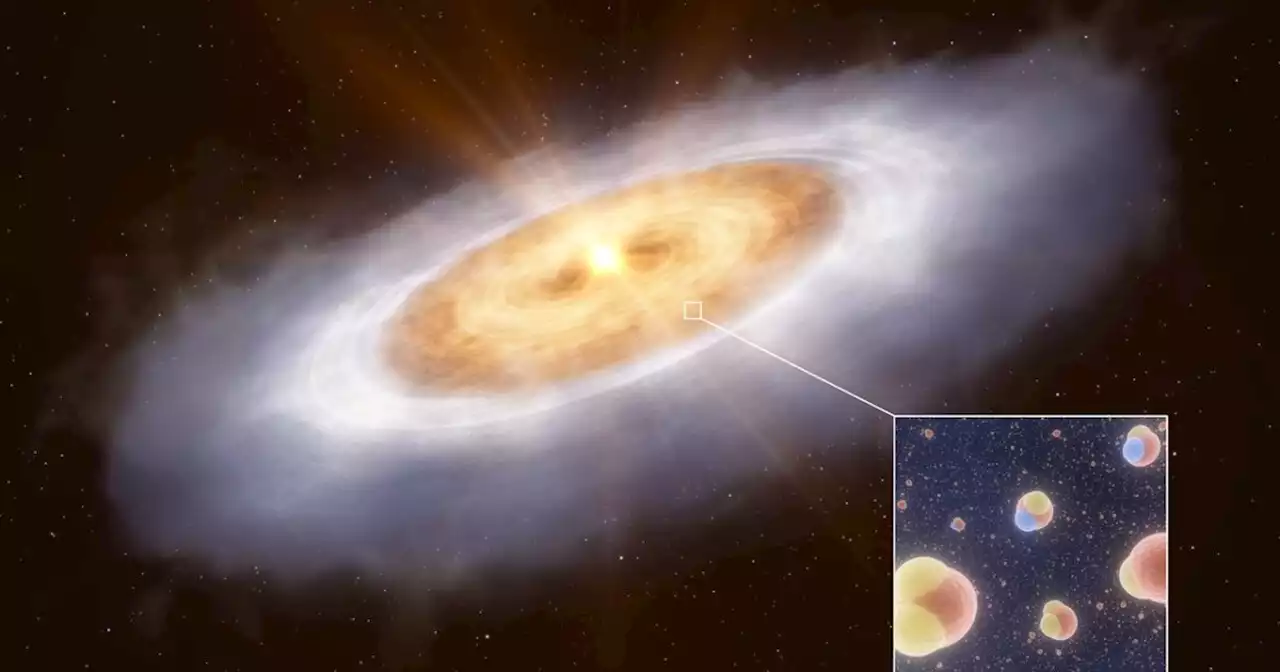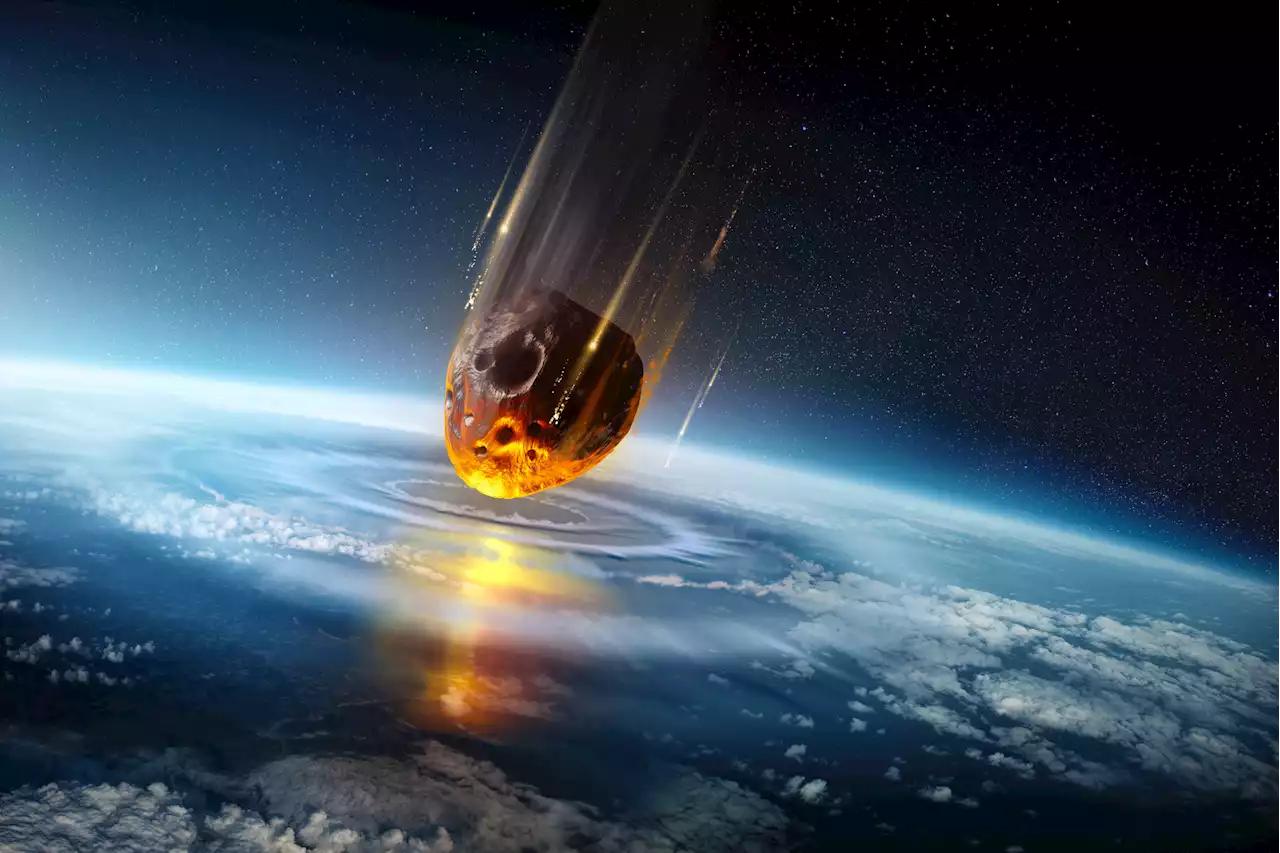🔄From The Archive: Astronomers simulated what humans will see on Earth when the star Betelgeuse explodes as a supernova sometime in the next 100,000 years.
A plume of gas nearly the size of our solar system erupts from Betelgeuse's surface in this artist's illustration of real observations gathered by astronomers using the Very Large Telescope in Chile. If you stargaze on a clear winter night, it’s hard to miss the constellation Orion the Hunter, with his shield in one arm and the other arm stretched high to the heavens. A bright red dot called Betelgeuse marks Orion’s shoulder, and this star's strange dimming has.
That eventual explosion explains why astronomers got excited when Betelgeuse started dimming dramatically in 2019. The 11th-brightest star dropped in magnitude two-and-a-half-fold. Could Betelgeuse have reached the end of its life? While unlikely, the idea of a supernova appearing in Earth’s skies caught the public’s attention.
Astronomers used a software program called MESA+STELLA to simulate what humans might see when the star Betelgeuse explodes. They also included observations gathered during Supernova 1987A, which exploded in the Large Magellanic Cloud. With all the speculation about what a Betelgeuse supernova would look like from Earth, University of California, Santa Barbara, astronomer Andy Howell got tired of the back-of-the-envelope calculations.
Life on Earth will be unharmed. But that doesn’t mean it will go unnoticed. Goldberg and Bauer found that when Betelgeuse explodes, it will shine as bright as the half-moon — nine times fainter than the full moon — for more than three months.
United States Latest News, United States Headlines
Similar News:You can also read news stories similar to this one that we have collected from other news sources.
 Rare galaxy with three black holes leads astronomers to the most massive objects in the universeScientists watched as a three-quasar system merged in a supercomputer simulation of the universe to birth a black hole 300 billion times as massive as the sun.
Rare galaxy with three black holes leads astronomers to the most massive objects in the universeScientists watched as a three-quasar system merged in a supercomputer simulation of the universe to birth a black hole 300 billion times as massive as the sun.
Read more »
 Stunning plasma-winged 'butterfly' coronal mass ejection erupts from the sun's farsideAstronomers spotted the massive explosion expanding its ethereal wings as it barrelled toward Mercury.
Stunning plasma-winged 'butterfly' coronal mass ejection erupts from the sun's farsideAstronomers spotted the massive explosion expanding its ethereal wings as it barrelled toward Mercury.
Read more »
 Water was present in our solar system before the sun formed | Digital TrendsAstronomers are looking to a distant star system still in the planet-forming phase to understand how water came to be on Earth.
Water was present in our solar system before the sun formed | Digital TrendsAstronomers are looking to a distant star system still in the planet-forming phase to understand how water came to be on Earth.
Read more »
![]() NASA asteroid: Agency tracking newly discovered space rock that has 'small chance' of hitting EarthNASA tracks a newly discovered asteroid that has a ‘small chance’ of hitting Earth in 2046
NASA asteroid: Agency tracking newly discovered space rock that has 'small chance' of hitting EarthNASA tracks a newly discovered asteroid that has a ‘small chance’ of hitting Earth in 2046
Read more »
 Fact Check: Did NASA say one in 400 chance asteroid could hit earth?A Reddit post suggested NASA made odds an asteroid strike was likelier than dying in a plane crash.
Fact Check: Did NASA say one in 400 chance asteroid could hit earth?A Reddit post suggested NASA made odds an asteroid strike was likelier than dying in a plane crash.
Read more »
![]() NASA asteroid: Agency tracking newly discovered space rock that has 'small chance' of hitting EarthThe asteroid would potentially hit Earth on Valentine's Day in 2046.
NASA asteroid: Agency tracking newly discovered space rock that has 'small chance' of hitting EarthThe asteroid would potentially hit Earth on Valentine's Day in 2046.
Read more »
